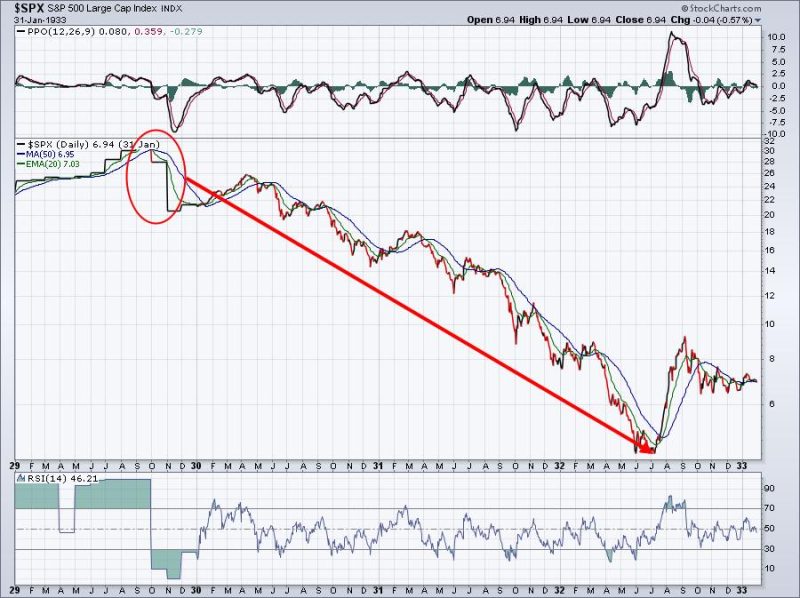The month of October has historically held a notorious reputation within financial circles due to the occurrence of major stock market crashes. A pertinent question on the minds of many investors and analysts alike is whether U.S. stocks could potentially face a similar fate this October. Examining the various factors at play, it becomes evident that while certain indicators point towards a degree of fragility within the market, the possibility of a crash is not a foregone conclusion.
One significant element contributing to market uncertainty is the ongoing global macroeconomic landscape. Geopolitical tensions, trade disputes, and the potential for an economic slowdown are all factors that can weigh heavily on investor sentiment and market performance. Uncertainties surrounding Brexit, the U.S.-China trade war, and other international events could trigger increased volatility in the markets, potentially leading to a significant downturn.
Furthermore, the current valuation levels of U.S. stocks have raised concerns among some market participants. With equity valuations appearing stretched by some traditional metrics, there is a perceived risk of a correction to more sustainable levels. High valuations may not be justifiable in the long run, especially if corporate earnings fail to meet lofty expectations or if economic conditions worsen.
The Federal Reserve’s monetary policy decisions also play a crucial role in shaping market dynamics. As interest rates rise, borrowing costs increase, impacting corporate profits and consumer spending. The Fed’s monetary tightening has frequently been associated with market downturns, and any missteps or unexpected developments in this regard could potentially trigger a market correction.
Despite these potential risk factors, it is important to note that markets are inherently unpredictable, and attempting to time or predict a crash with precision is a challenging endeavor. Market corrections are a natural part of the investment cycle, and while they can be worrying for some investors, they also present opportunities for those with a long-term perspective.
Investors are wise to focus on building a diversified portfolio tailored to their risk tolerance and investment goals. Remaining disciplined during periods of market volatility, avoiding knee-jerk reactions, and staying informed about economic developments can help navigate uncertain market conditions. A proactive approach to risk management, such as implementing stop-loss orders or regularly rebalancing one’s portfolio, can also help cushion the impact of a potential market downturn.
In conclusion, while the possibility of a U.S. stock market crash in October cannot be entirely ruled out, it is crucial for investors to approach the situation with a balanced perspective. By understanding the various factors at play, staying informed, and maintaining a long-term investment horizon, investors can better position themselves to weather market turbulence and capitalize on opportunities that may arise.




























